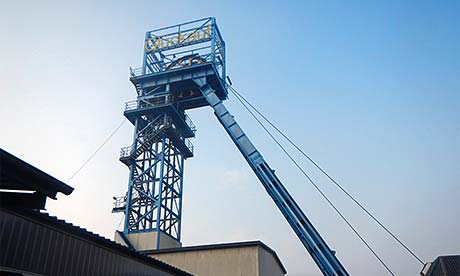SAFE
Shock wave technology for processing electric arc furnace slags
Motivation
The future transition from the blast furnace route to the hydrogen route will significantly increase the production of electric arc furnace slag (EAFS) as a by-product of steelmaking. While processed EAFS finds use as a material in road construction, the expected huge increase in production poses significant economic challenges for slag management. In particular, conventional mechanical processing methods have several disadvantages: First, the high hardness of EAFS leads to increased equipment wear and high dust emissions. In addition, effective separation of metal and rock components cannot be achieved without overgrinding the latter, rendering it unusable as a valuable material.
Therefore, alternative sustainable processing methods are being sought to enhance the marketability of EAFS and, ideally, to fully utilize the entire slag material in the context of a circular economy, thereby conserving resources in the long term and avoiding material deposition.
Approach
The SAFE research project aims to investigate an alternative, non-contact method for processing electric arc furnace slag (EAFS) using project partner ImpulsTec’s shock wave technology (electrohydraulic fragmentation). In this process, shock waves are generated in a liquid medium by igniting short, intense arcs. The resulting uniform shock wave force facilitates the preferential separation of materials at mechanical weak points and acoustic interfaces, achieving a high degree of material selectivity, even in complex composites.
In collaboration with steel mills and slag producers, we are examining ways to improve the marketability of EAFS through the application of shock wave technology. This includes improving the separation of metal and rock components.
The Institute of Mineral Resources Engineering (MRE) supports this project by conducting a comprehensive analytical characterization of the slags. The aim is to validate the potential of shock wave technology for EAFS processing and optimize specific operating parameters. This characterization involves analyzing the chemical, physical and mineralogical properties of the EAFS using various methods, such as XRD, XRF and QEMSCAN. Computed tomography (CT) plays a key role as a non-destructive, computer-based X-ray technique, providing high-resolution 3D imaging of the internal (micro)-structure of the slag.
Project objective
- Collection of geochemical, mineralogical and structural data to characterzie EAFS.
- How can the marketability of EAFS be improved?
- Improved separation of metal and rock components?
- Reduction of potential penalty values?
- Investigate whether shockwave fragmentation is a viable alternative and sustainable method for slag processing.
- Is the use of CT as a preceding unit for material preparation/selection in conjunction with shockwave technology sensible?
Work packages
- WP 1: Project management
- WP 2: Characterizing EAFS
- WP 3: Shock wave fragmentation of EAFS in the laboratory
- WP 4: Shock wave fragmentation in a continous testing facility





